Unveiling Conejo Valley's Allure: History, Cities, and Secrets
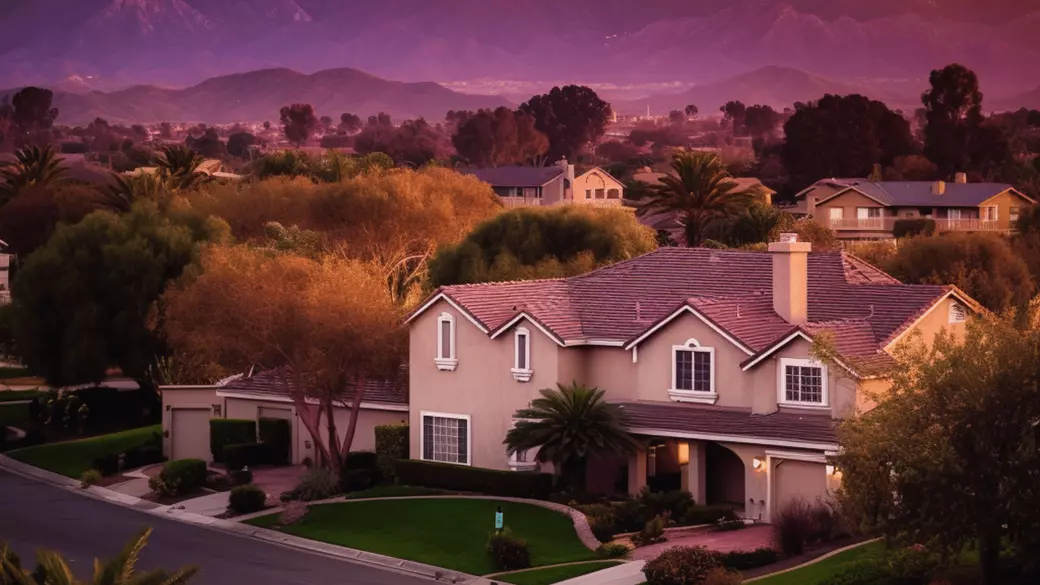
Unveiling Conejo Valley's Allure: History, Cities, and Secrets
Introduction: A Tale of Serendipitous Beauty
Nestled between rolling hills and sun-kissed skies lies a hidden gem in Southern California: Conejo Valley. With its fascinating history and charming cities, this region has a story to tell. So, why is it called Conejo Valley, and what cities make up this beautiful area? Sit back, relax, and join us on a journey through time as we unravel the enigma that is Conejo Valley.
Why is it Called Conejo Valley and What Cities Make Up Conejo Valley?
The origin of Conejo Valley's name dates back to the 18th century when Spanish explorers ventured into the region. The name "Conejo" (Spanish for "rabbit") was given due to the abundance of rabbits that inhabited the area. The cities that make up Conejo Valley include Thousand Oaks, Westlake Village, Agoura Hills, and Newbury Park.
A Glimpse into the Past: Conejo Valley's Rich History
Spanish Beginnings
The history of Conejo Valley can be traced back to the early 1770s, when Spanish explorer Gaspar de Portolá stumbled upon the area during his expedition. With the establishment of the Spanish missions, Conejo Valley's rich agricultural land began to flourish.
Ranchos and Land Grants
Fast forward to the 19th century, Conejo Valley became home to several Mexican land grants, including El Rancho Conejo and El Rancho Simi. These vast ranchos played a significant role in shaping the region's agricultural heritage and laid the groundwork for the cities that we know today.
Modern Development
In the mid-20th century, Conejo Valley started to transform into the suburban haven it is today. With the construction of the Ventura Freeway in the 1950s, the area became more accessible, leading to a population boom and the development of several master-planned communities.
Exploring the Cities of Conejo Valley
Thousand Oaks: A City of Trees
Thousand Oaks, the largest city in Conejo Valley, boasts a unique blend of nature and urban living. With over 15,000 acres of open space, there's no shortage of hiking trails, parks, and recreational areas for residents and visitors alike to enjoy.
Westlake Village: A Lakeside Retreat
Located on the western edge of Conejo Valley, Westlake Village is a picturesque community built around a stunning lake. The city offers an upscale lifestyle with its luxury homes, fine dining establishments, and recreational opportunities like golf and boating.
Agoura Hills: A Taste of the Old West
Agoura Hills is known for its rich history and rustic charm. The city is home to the Reyes Adobe Historical Site, which dates back to the 1850s, and the Paramount Ranch, a historic filming location that transports visitors back to the days of the Wild West.
Newbury Park: A Family-Friendly Community
Newbury Park is a quaint suburban community that prides itself on its family-friendly atmosphere. With excellent schools, parks, and community events, it's no wonder that Newbury Park is a popular choice for families looking to call Conejo Valley home.
Uncovering the Secrets of Conejo Valley
Hidden Gems
Conejo Valley is home to many lesser-known attractions that are worth exploring, such as the Chumash Indian Museum, the Conejo Valley Botanic Garden, and
the Gardens of the World. These sanctuaries offer a serene escape from the hustle and bustle of everyday life, as well as an opportunity to immerse oneself in the region's cultural and natural beauty.
The Whispering Winds of Conejo Valley
As the sun sets over the golden hills, Conejo Valley comes alive with the whispering winds that carry tales of yesteryear. Whether you're strolling through the oak-lined streets of Thousand Oaks or gazing upon the tranquil waters of Westlake Village, you can't help but feel a connection to the land and the stories it holds.
The Soul of Conejo Valley
The heart of Conejo Valley lies not only in its picturesque landscapes but also in its vibrant community. From the spirited celebrations during the annual Conejo Valley Days festival to the quiet moments shared between neighbors, the soul of Conejo Valley is as enchanting as the land itself.
FAQs: Unraveling the Mysteries of Conejo Valley
-
Why is it called Conejo Valley? Conejo Valley gets its name from the Spanish word "conejo," which means rabbit. The region was named by Spanish explorers in the 18th century due to the abundance of rabbits that inhabited the area.
-
What cities make up Conejo Valley? The cities that make up Conejo Valley include Thousand Oaks, Westlake Village, Agoura Hills, and Newbury Park.
-
What is the population of Conejo Valley? As of 2021, the combined population of the cities in Conejo Valley is approximately 190,000 residents.
-
What is the climate like in Conejo Valley? Conejo Valley has a Mediterranean climate, characterized by mild, wet winters and warm, dry summers.
-
What are the main industries in Conejo Valley? Conejo Valley has a diverse economy, with industries ranging from biotechnology, finance, and health care to entertainment, retail, and tourism.
-
What outdoor recreational opportunities are available in Conejo Valley? Conejo Valley offers an abundance of outdoor recreational opportunities, such as hiking, mountain biking, golfing, and horseback riding. The region is also home to numerous parks and open spaces, perfect for picnics and family outings.
In Conclusion: A Timeless Treasure
Conejo Valley's enigmatic beauty lies in its breathtaking landscapes and the storied history that echoes through its hills and valleys. As you explore the cities that make up this captivating region, you'll be swept away by the enchanting tales of its past and the warmth of its people. So, why is it called Conejo Valley, and what cities make up this idyllic haven? The answer, like the land itself, is a timeless treasure waiting to be discovered.
Categories
Recent Posts


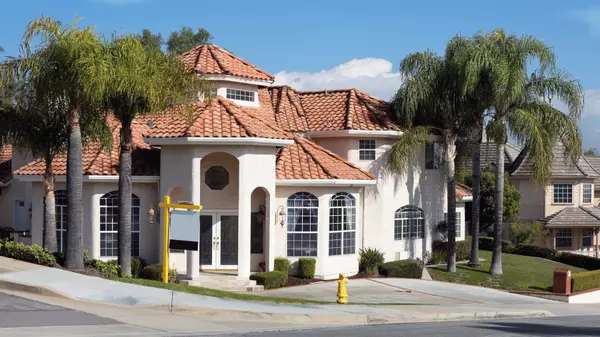
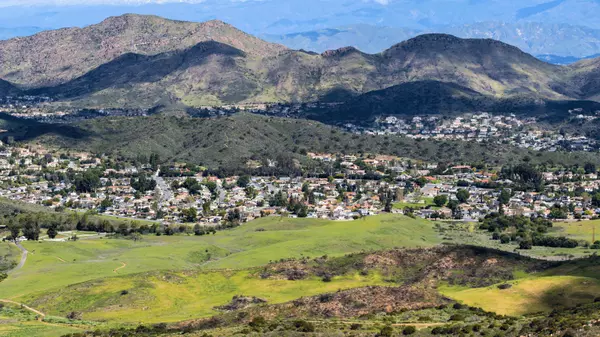

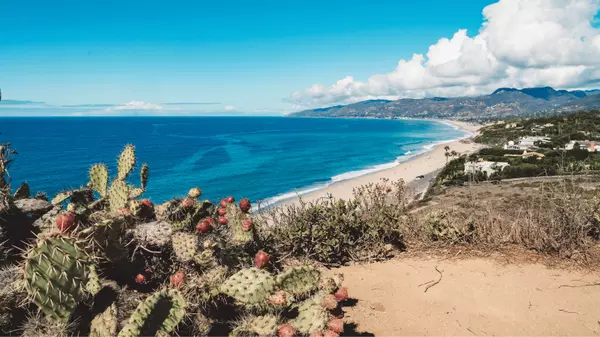
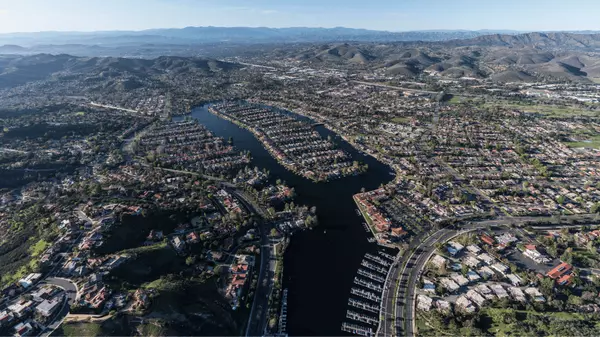


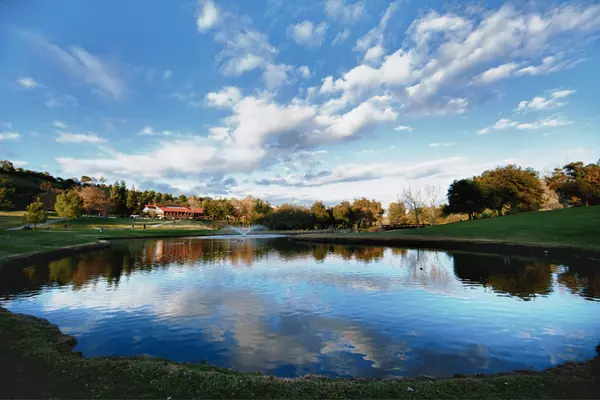
GET MORE INFORMATION

